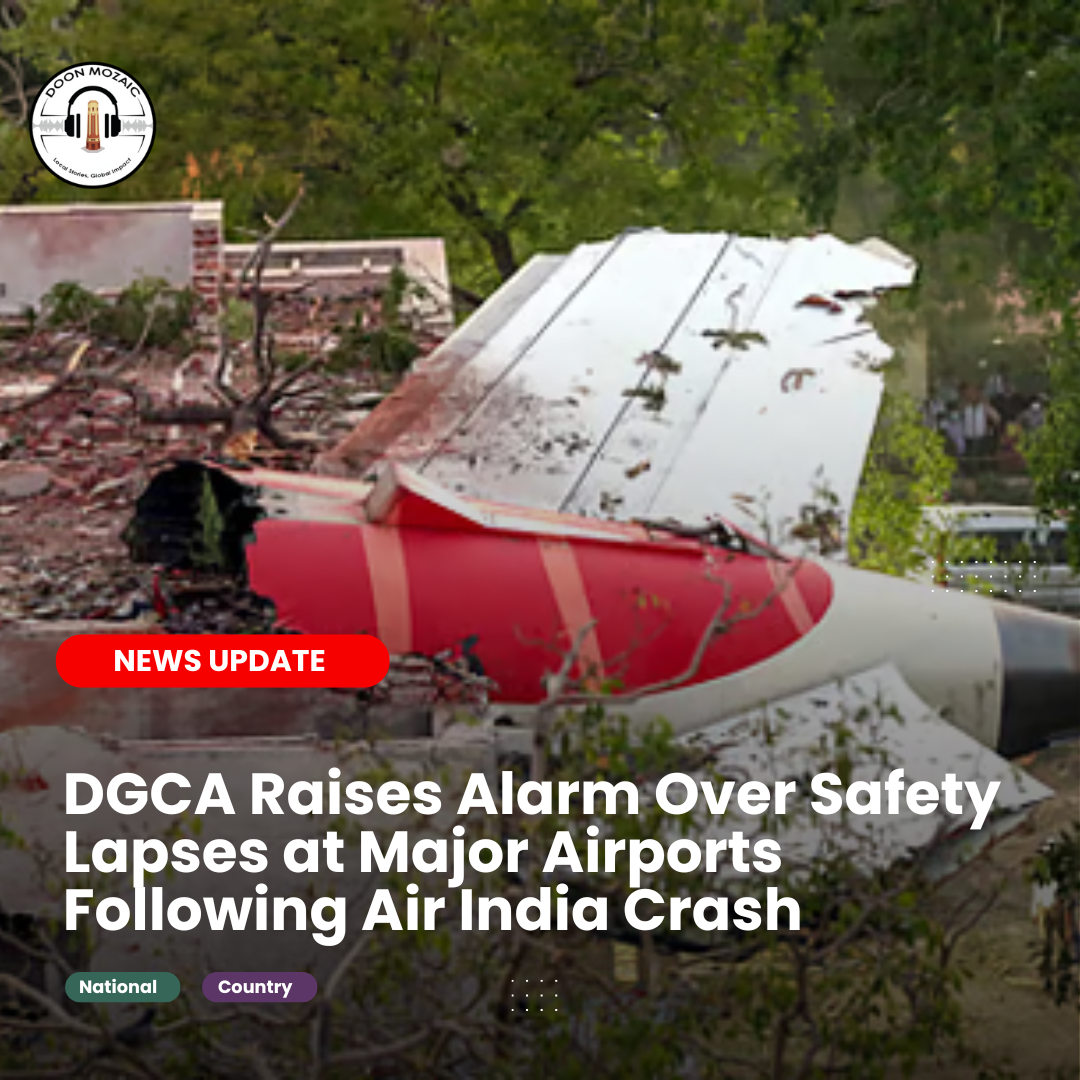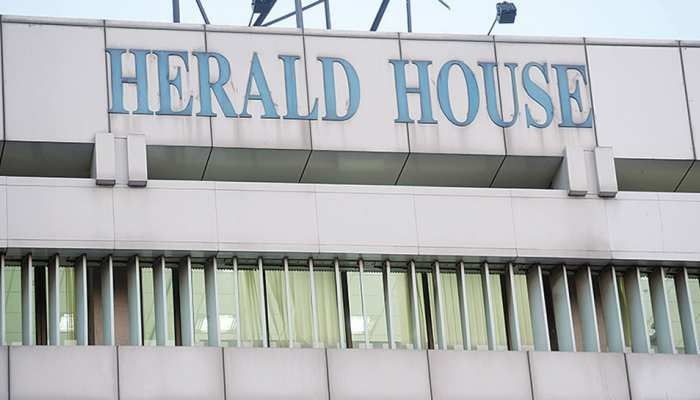In the aftermath of the deadly Air India AI171 crash near Ahmedabad on June 12—which claimed at least 275 lives—the Directorate General of Civil Aviation (DGCA) has uncovered a slew of alarming lapses at major airports including Delhi and Mumbai. A detailed inspection report released Tuesday reveals widespread non-compliance with aircraft maintenance protocols, airside safety standards, and infrastructure upkeep.
Key Findings from the DGCA Inspection
The inspection, carried out by two teams led by Joint Director Generals of the DGCA, targeted high-traffic airports during night and early morning hours. The safety audit revealed:
- Recurring Aircraft Defects: Airlines were found to be repeatedly operating aircraft with unresolved and recurring defects, showing a failure in rectification tracking and ineffective oversight.
- Neglected Maintenance: In some cases, technical logbooks lacked entries for known defects, and maintenance engineers skipped mandatory safety procedures during repairs. Notably, issues like unlocked flap/slat levers and unserviceable thrust reversers were recorded—both critical to flight control.
- Ground Equipment Mismanagement: Airports were found with unserviceable ground handling equipment, including baggage trollies and maintenance tools. Tool control procedures were largely ignored.
- Poor Infrastructure Maintenance:
- Faded runway centerlines
- Malfunctioning unidirectional green taxiway lights
- Life vests not secured under seats
- Corrosion-resistant tapes on winglets found damaged
- Flight Delays Due to Overlooked Wear: A domestic flight was held up until worn-out aircraft wheels were replaced—indicating a breakdown in routine checks.
- Obsolete Obstacle Limitation Data: Some airports hadn’t updated their obstruction limitation charts in over three years, despite ongoing construction nearby—a major violation of airspace safety protocols.
- Simulators Out of Sync: Flight simulators used for pilot training did not match current aircraft configurations or software versions.
- Air Traffic & Communication Concerns: Inspections extended to ATC, CNS systems, and pre-flight medical evaluations, with compliance issues noted in all domains.
DGCA’s Immediate Directive
In light of these serious findings, the DGCA has given airlines, airport operators, and maintenance agencies a 7-day deadline to implement corrective measures. Failure to comply may result in punitive action, including suspensions and penalties.
This inspection spree was triggered directly by the Air India crash—currently under a high-level investigation—and is part of a larger push to reinforce India’s aviation safety ecosystem.
Discover more from The Doon Mozaic
Subscribe to get the latest posts sent to your email.



